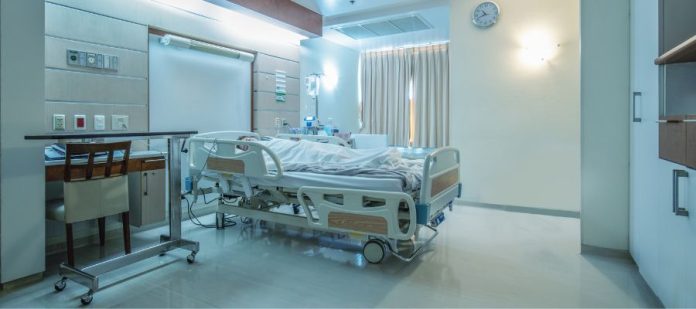Modern medicine has made immense strides in saving lives, thanks to the advancements in intensive care units (ICUs). However, surviving a critical illness can leave a patient with long-lasting physical, cognitive, and emotional effects, collectively known as post-intensive care syndrome (PICS). Gain a better understanding of post-intensive care syndrome by learning its causes, symptoms, impacts, treatments, and prevention.
The Causes and Symptoms of PICS
Several factors contribute to the development of PICS, including the severity of the patient’s illness, the length of their stay in intensive care, the medications administered, and the invasive interventions they undergo, such as intubation. Other factors that may contribute to PICS include preexisting conditions, age, and nutritional status.
Symptoms of PICS vary depending on the individual. The following are common PICS symptoms:
- Muscle weakness
- Fatigue
- Difficulties with memory and concentration
- Anxiety
- Depression
- Post-traumatic stress disorder (PTSD)
Physical Symptoms
One of the leading causes of PICS is the physical trauma caused by critical illness. Studies have shown that patients who spend a prolonged time in intensive care often experience muscle wasting, weakness, and other physical impairments due to prolonged immobility.
Psychological Symptoms
Considering the psychological impact of critical illness is another key to understanding post-intensive care syndrome. Patients may experience PTSD, anxiety, depression, or other mental health issues after being discharged from intensive care. The memories of their time in intensive care, including being on a ventilator and the uncertainty of their condition, can be traumatic and have long-lasting effects.
Cognitive Symptoms
In addition to physical and psychological symptoms, patients with PICS may also experience cognitive impairments. These can range from mild forgetfulness to more severe issues, such as difficulty concentrating, confusion, or disorientation. Cognitive dysfunction after critical illness has been linked to the use of sedatives and other medications while the patient is in intensive care.
Prevention of Post-Intensive Care Syndrome
Efforts to prevent PICS require the dedication of healthcare providers and families alike. For instance, healthcare providers can adopt strategies like early mobilization. Adjustable positioning is one of the most important features of ICU beds because it plays a significant role in physical therapy. Adjustable ICU beds can be manipulated to facilitate various physical therapy exercises right in the bed, enhancing muscle strength and mobility.
Additionally, better communication with patients and families can help them to understand and anticipate any changes. Patients and families can also contribute to preventing PICS by actively engaging in the recovery process, following recommended therapy and treatment plans, and seeking emotional support when necessary.
Treatment and Management of Post-Intensive Care Syndrome
A multidisciplinary approach typically facilitates the treatment and management of PICS. Medical treatments may include medications to mitigate symptoms like pain, depression, and anxiety.
Rehabilitation, comprising physical and occupational therapy, plays a vital role in recovering lost strength and mobility. Furthermore, mental health support, including counseling and therapy, proves essential in addressing emotional challenges faced by patients and their families.
Post-intensive care syndrome can affect the physical, psychological, and cognitive well-being of survivors of critical illness. Prevention and management strategies require a collaborative effort between healthcare providers, patients, and family members. Greater awareness and understanding of PICS can pave the way for improved patient outcomes and quality of life post-ICU.
























